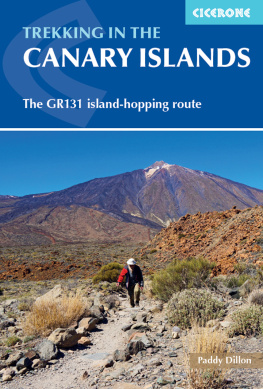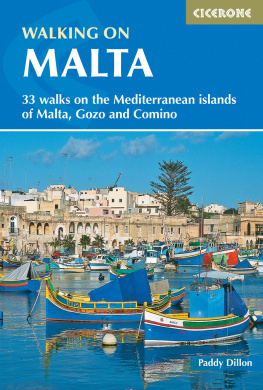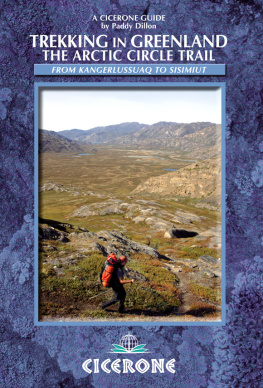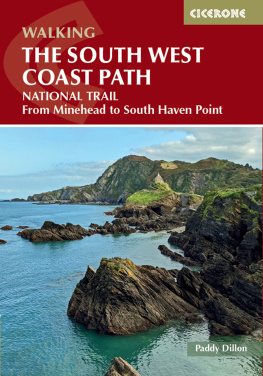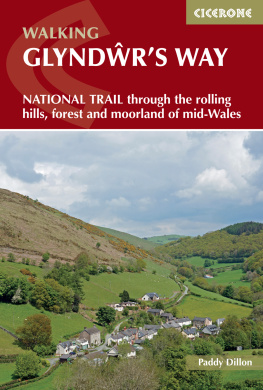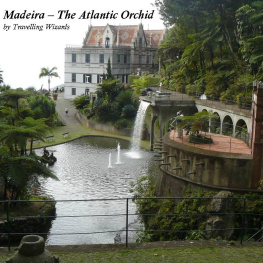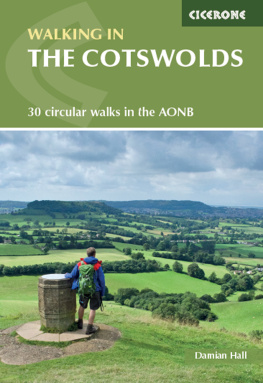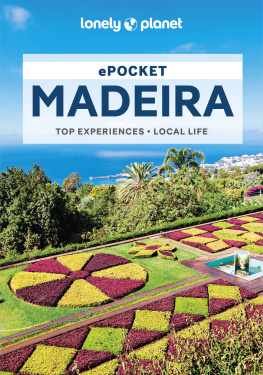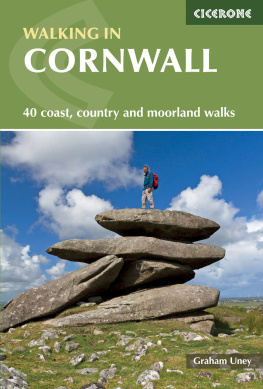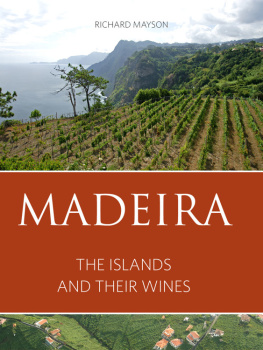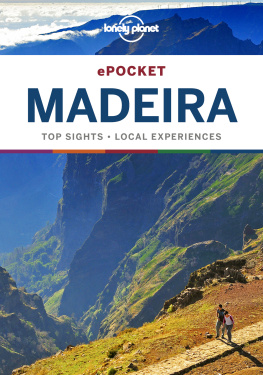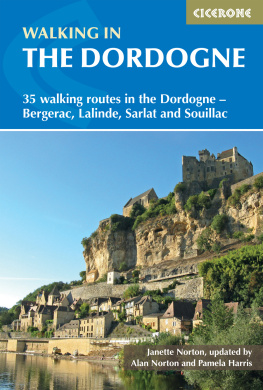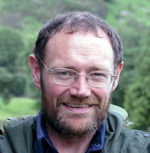About the Author
Paddy Dillon is a prolific walker and author of over 50 guidebooks, with contributions to a further 25 books. He has written extensively for outdoor magazines and other publications and has appeared on radio and television. Walking in Madeira was his first full-colour guide for Cicerone.
Paddy is an indefatigable long-distance walker who has walked all of Britains National Trails and several major European ones. Now living on the edge of the English Lake District, he has walked, and written about walking, in every county of the British Isles and guided walking holidays and walked throughout Europe, as well as in Nepal, Tibet and the Rocky Mountains. Paddy is a member of the Outdoor Writers and Photographers Guild.
Other Cicerone guides by the author
Irish Coastal Walks
The Cleveland Way
The GR5 Trail
The GR20: Corsica
The Great Glen Way
The Irish Coast to Coast Walk
The Mountains of Ireland
The National Trails
The North York Moors
The Pennine Way
The Reivers Way
The Teesdale Way (Martin Collins; updated by Paddy Dillon)
The South West Coast Path
The Wales Coast Path
Trekking in Greenland
Trekking in the Alps (contributing author)
Walking and Trekking in Iceland
Trekking through Mallorca
Walking in County Durham
Walking in Mallorca (June Parker; updated by Paddy Dillon)
Walking in Malta
Walking in Sardinia
Walking in the Isles of Scilly
Walking in the North Pennines
Walking on Guernsey
Walking on the Isle of Arran
Walking on Jersey
Walking on La Gomera and El Hierro
Walking on La Palma
Walking on Tenerife
Walking the Galloway Hills
WALKING IN MADEIRA
by Paddy Dillon
2 POLICE SQUARE, MILNTHORPE, CUMBRIA LA7 7PY
www.cicerone.co.uk
Paddy Dillon 2002, 2009
Second edition 2009
Reprinted 2016
Reprinted 2013 (with updates)
ISBN-13: 978 1 85284 531 5
First edition 2002
ISBN-10: 1 85284 334 9
ISBN-13: 978 1 85284 334 2
Printed by KHL Printing, Singapore
A catalogue record for this book is available from the British Library.
All photographs are by the author.
Updates to this Guide
While every effort is made by our authors to ensure the accuracy of guidebooks as they go to print, changes can occur during the lifetime of an edition. Any updates that we know of for this guide will be on the Cicerone website (www.cicerone.co.uk/531/updates), so please check before planning your trip. We also advise that you check information about such things as transport, accommodation and shops locally. Even rights of way can be altered over time. We are always grateful for information about any discrepancies between a guidebook and the facts on the ground, sent by email to updates@cicerone.co.uk or by post to Cicerone, 2 Police Square, Milnthorpe LA7 7PY, United Kingdom.
Front cover: View of Pico Branco on the northern part of Porto Santo
CONTENTS
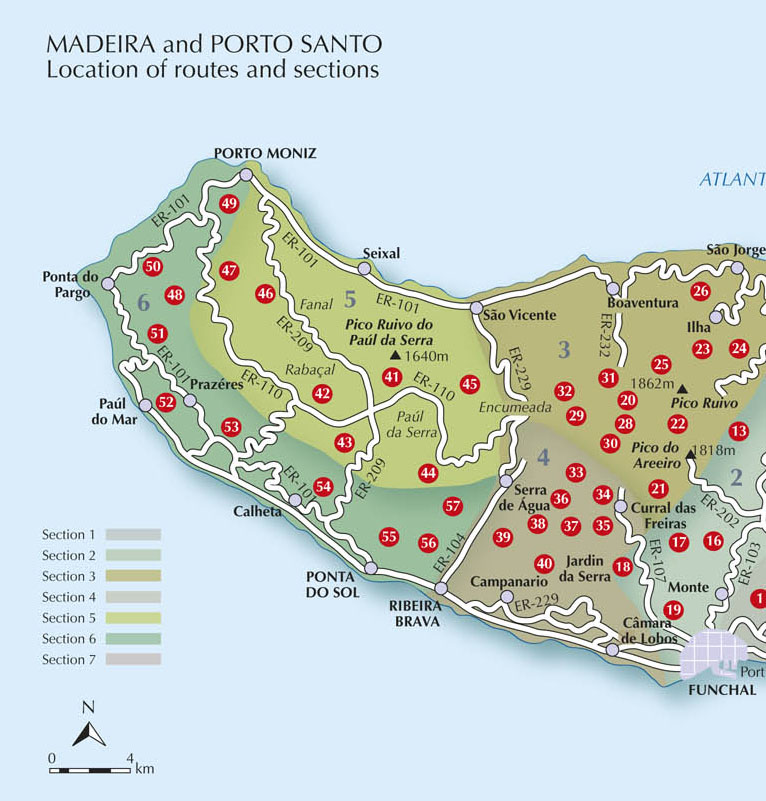
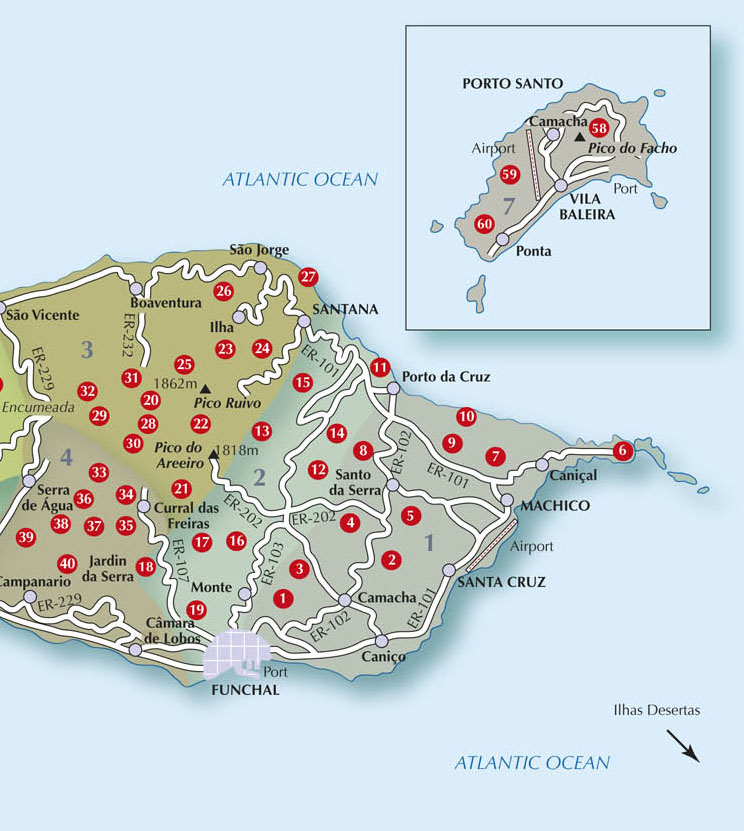
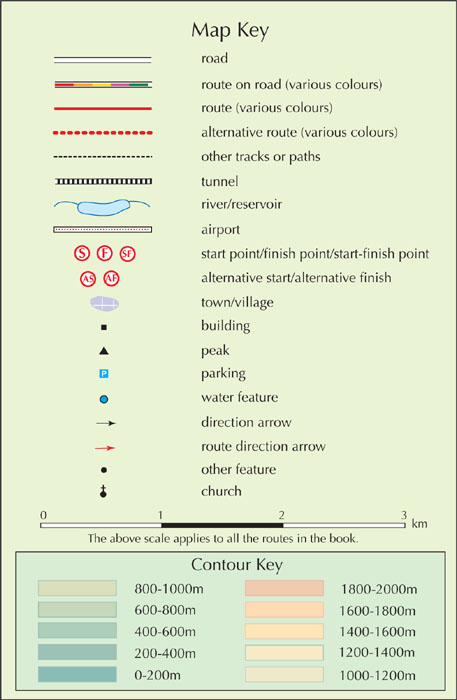
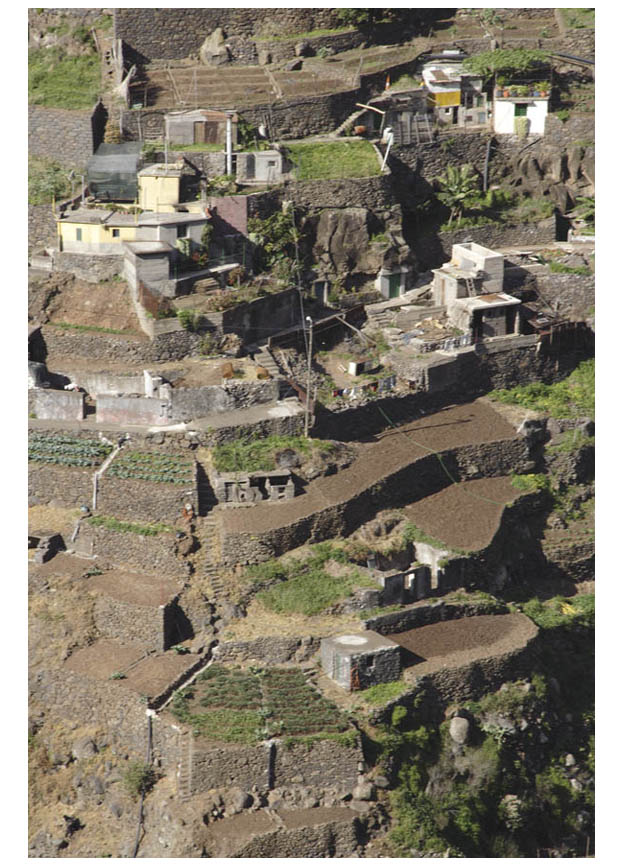
Impossibly steep terraces and tiny cultivated plots produce abundant crops of fruit and vegetables
PREFACE TO THE SECOND EDITION
Madeira has undergone many changes since the first publication of Walking in Madeira and most are for the good. A tortuous road system once made it difficult to reach the start of many walks, but now a splendid network of road tunnels enables quick and easy access to many formerly remote places. Bus companies have adapted and altered their schedules, with more frequent services, more destinations and rapid access through the new tunnels.
While a handful of bars and restaurants have closed, many more have opened and there are more places offering accommodation around the islands in places that are popular with walkers. No longer should anyone feel confined to Funchal or the Hotel Zone, as they can walk from one hotel to another on long-distance routes. Walkers have not been forgotten as the island authorities have waymarked and signposted some splendid walking routes, improved and restored others, provided safety fencing and opened completely new trails.
All these changes meant that Walking in Madeira was ready for a complete overhaul. All the routes have been walked again and the route descriptions brought up to date. New routes have been added and all the relevant facilities have been checked. More and more walkers are seeking longer and more sustained routes across Madeira. Some routes are now structured so that they serve not only as day walks, but can also be linked end-to-end to create splendid longdistance walks. Improved full-colour mapping, more information and more photographs should allow walkers to get more enjoyment out of their visit to Madeira.
Paddy Dillon
INTRODUCTION
Madeira and Porto Santo rise steep, rocky and remote in the Atlantic Ocean off the coast of Europe and Africa. The nearest island groups are the distant Azores and Canary Islands. All these islands enjoy a subtropical climate that many walkers find acceptable throughout the year. A compact and mountainous island, Madeira is criss-crossed by old paths and tracks, and is remarkably scenic and accessible. Water is conveyed round the island in charming flower-fringed channels called levadas , which offer anything from gentle strolls to extremely exposed cliff walks. Richly wooded valleys, rocky slopes, cultivated terraces and impressive cliff coasts can be explored, along with one of the best laurisilva forests in the world. This book describes a rich and varied selection of 60 walks to suit all abilities, covering the whole of Madeira and Porto Santo, as well as a cruise to the Ilhas Desertas.
Location
Madeira is a small island of 750km (290 square miles). It lies at 3246N/1703W in the subtropical Atlantic Ocean, about 600km (370 miles) from Morocco in North Africa, and about 950km (590 miles) from Portugal, to which it belongs. Its closest neighbours are Porto Santo, about 40km (25 miles) away, and the Ilhas Desertas, about 20km (13 miles) from Madeira at their closest point. Other islands are far from view, such as the Azores and Canaries, with which Madeira is loosely associated, since they all lie along the same huge fracture in the Earths crust.
Geology
Madeira is essentially a volcanic island, although volcanic activity has long ceased. Basalt from deep within the earth spewed onto the ocean floor around 130 million years ago. Gradually, enough material built up for land to appear above the water, so that Madeira raised itself from the ocean about 2.5 million years ago. Some corals established themselves round the fringe of the island as it grew, and these are preserved as fossils in very limited areas.
The overwhelming bulk of the island is made up of ash and basalt lava flows shot through with dolerite dykes. It is thought that volcanic activity ceased around 25,000 years ago and the rock is now heavily weathered. Porto Santo is older and more weathered than Madeira. Although mostly basalt, Porto Santo features a central band of calcareous sandstone that produces a fertile soil in the middle of the island that has eroded to form a magnificent golden beach.


